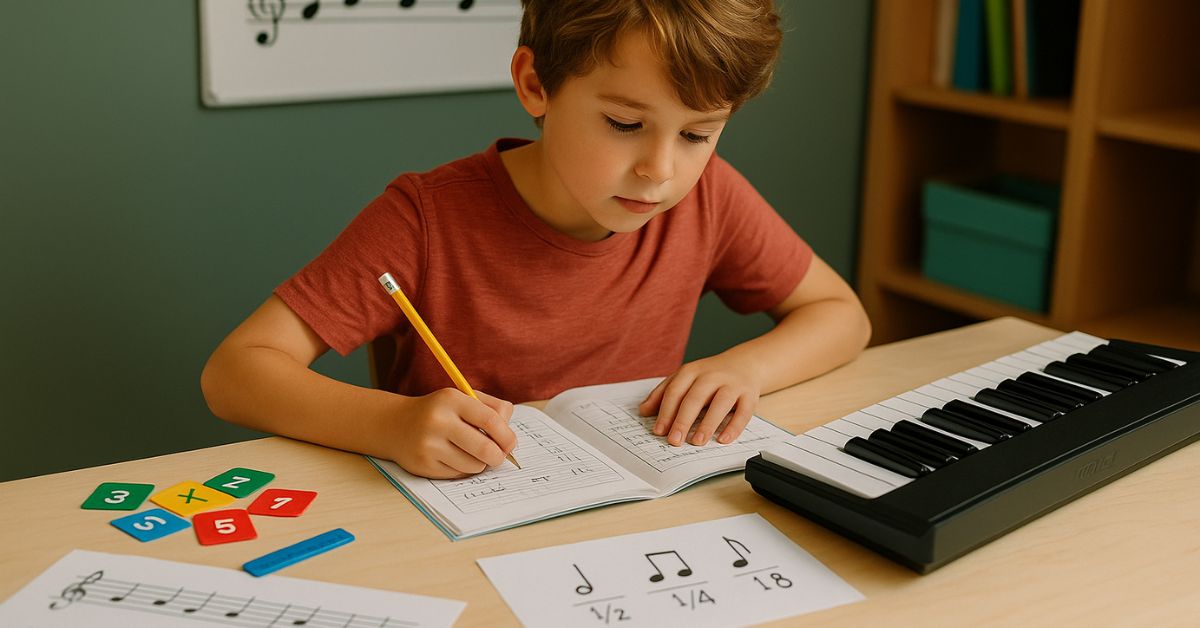Homeschooling is a rewarding but often overwhelming process. Parents must juggle planning lessons, teaching, tracking progress, and managing day-to-day responsibilities. The good news? You don’t have to do it all alone. Homeschool support resources are available to help lighten the load, offer guidance, and build connections. By finding effective homeschool help and tapping into supportive […]











